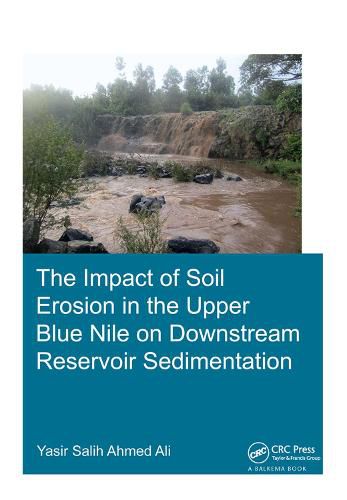The Impact of Soil Erosion in the Upper Blue Nile on Downstream Reservoir Sedimentation
Yasir Salih Ahmed Ali

The Impact of Soil Erosion in the Upper Blue Nile on Downstream Reservoir Sedimentation
Yasir Salih Ahmed Ali
Population growth in the Blue Nile Basin has led to fast land-use changes from forest to agricultural land, which resulted in speeding up the soil erosion processes producing highly negative impacts on the local soil fertility and agricultural productivity. The eroded sediment is transported downstream by water and sinks in the lower basin where it significantly reduces reservoir storage and irrigation canals capacity. The only effective solution to mitigate the sedimentation problem is to limit the sediment inputs from upstream by locally implementing erosion control practices. However, given the vastness and remoteness of the involved areas, this first requires the knowledge of the most critical zones.
The book identifies the sources of the sediment depositing in the Lower Blue Nile Basin and quantifies the amounts involved providing essential information for the planning and implementation of any interventions aiming at reducing soil erosion. The methods used consist of extensive field work covering most of the basin, watershed, hydrodynamic and morphodynamic modelling and, for the first time, the mineralogical analysis of the sediment at the sources and sinks. The method is successful in indentifying the areas providing most of the transported sediment, where it is recommended to start with erosion control practices.
This item is not currently in-stock. It can be ordered online and is expected to ship in approx 4 weeks
Our stock data is updated periodically, and availability may change throughout the day for in-demand items. Please call the relevant shop for the most current stock information. Prices are subject to change without notice.
Sign in or become a Readings Member to add this title to a wishlist.


